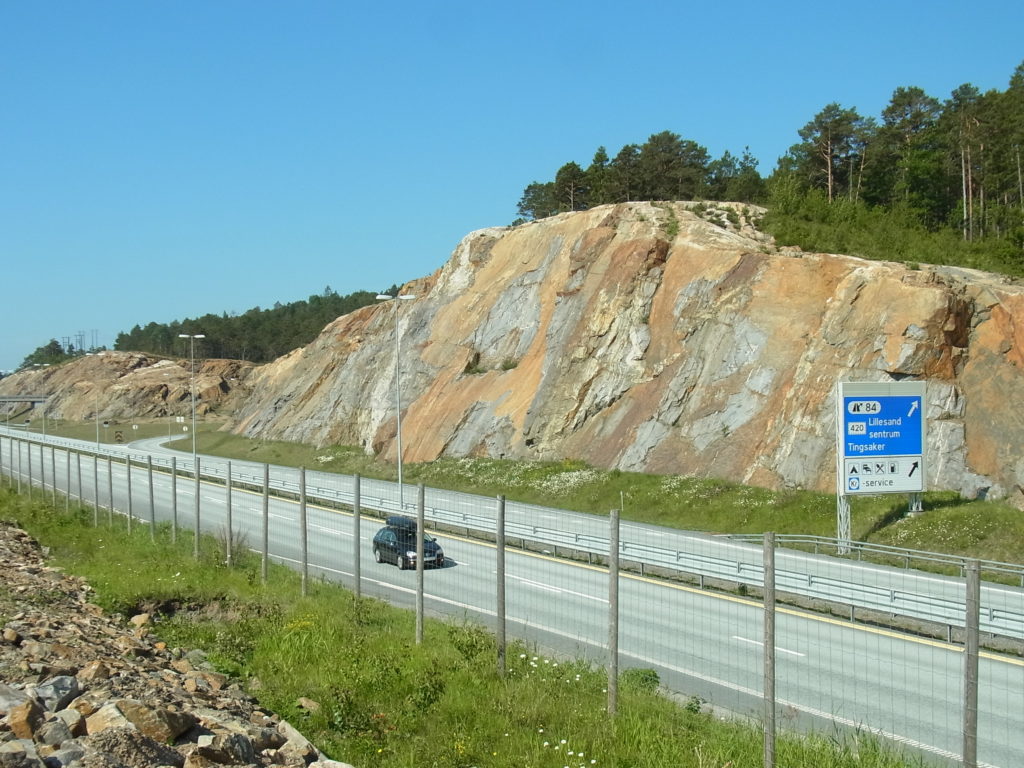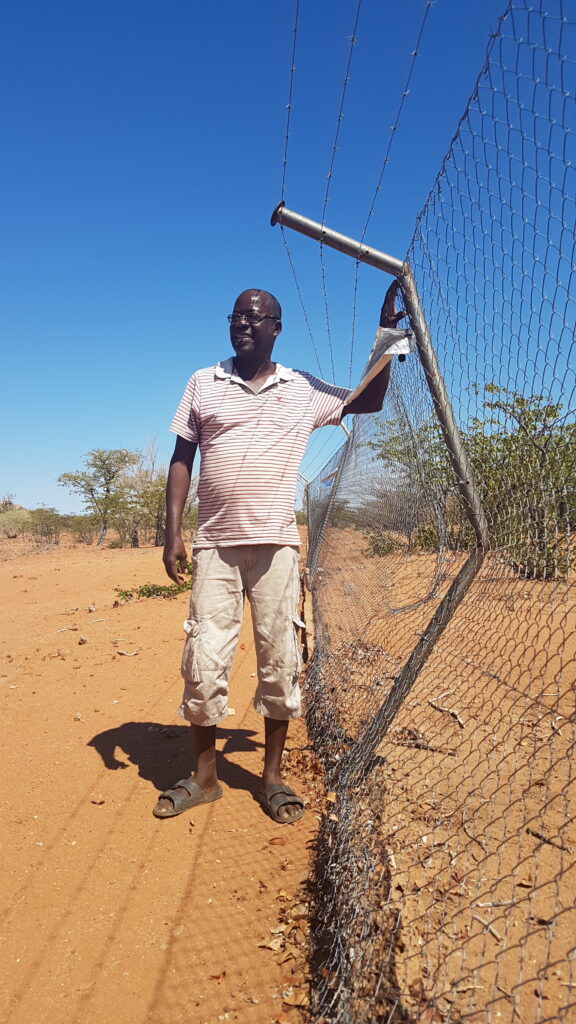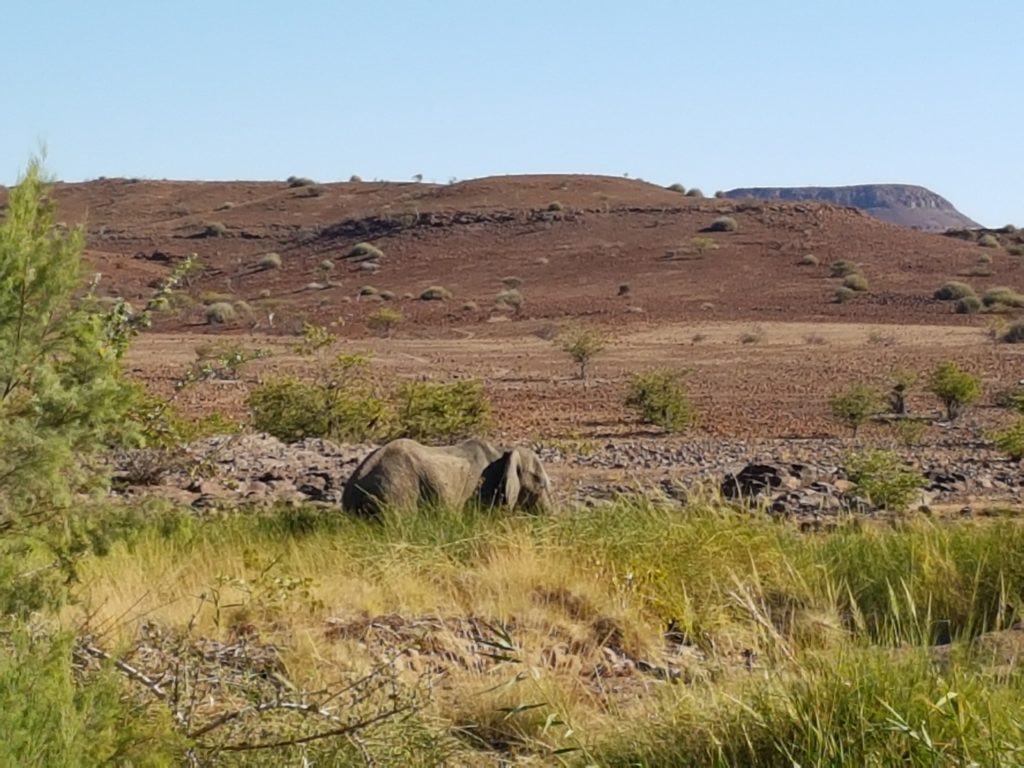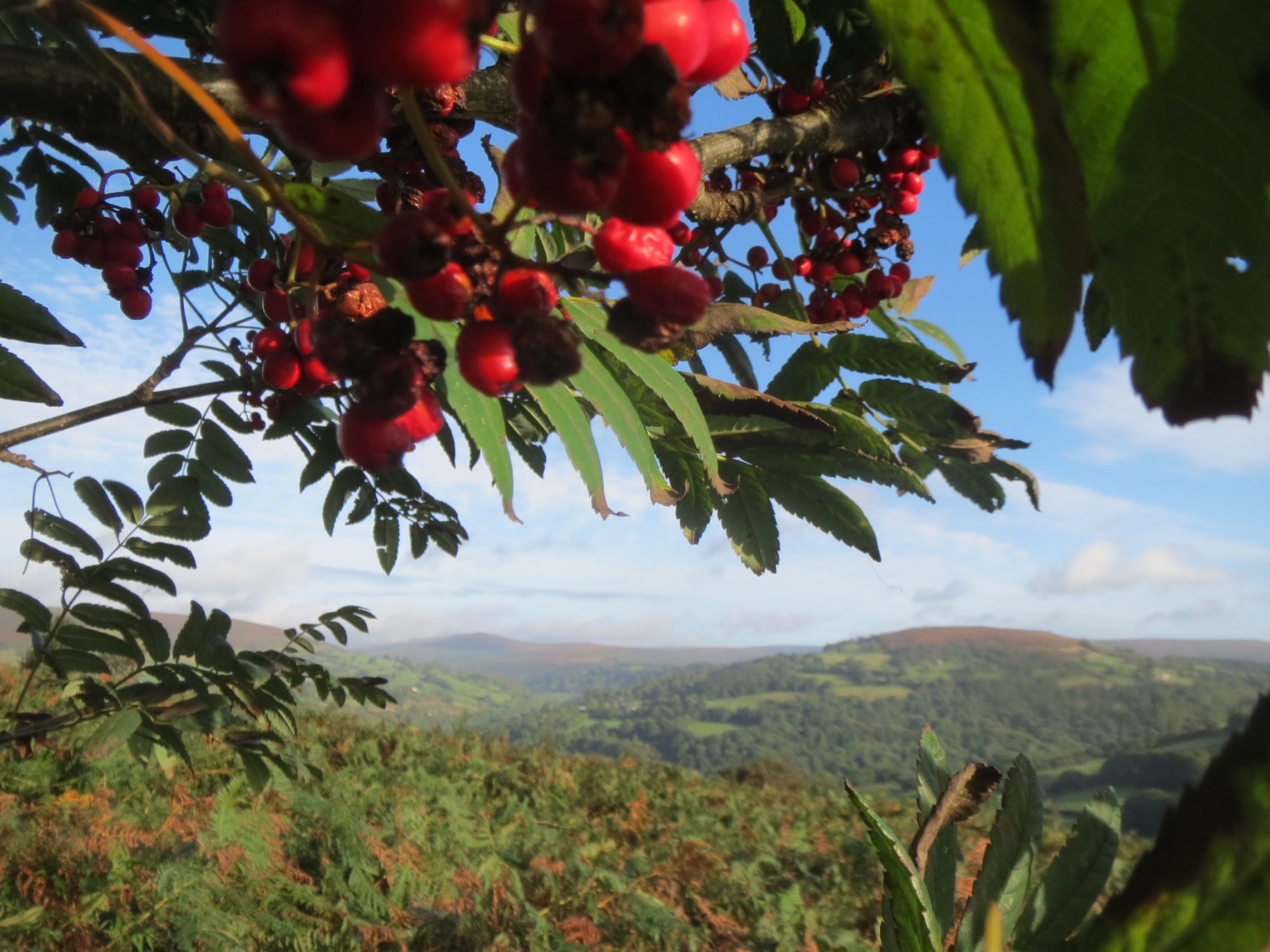When travelling on some highways, you can feel hemmed in. That’s because of the fencing erected to prevent wildlife from colliding with humans. In other areas, wildlife helps itself to unprotected spaces.

Biodiversity Intactness Index
In another country, way down in the southern hemisphere, Namibian wildlife roams free over highways. Not in protected areas, but unfenced trunk-by-jowl with humans.

The thinking around a Biodiversity Intactness Index (BII) first arrives on the scene in 2005 (Scholes, 2005). Based on southern Africa, it sought to create a ‘simple and practical’ target, albeit it a ‘high-level synthetic overview for public and policy makers’. The Nature History Museum has further developed the BII. Though not before the genie was out the bottle with the media-friendly phrase ‘nature-depleted’ (appearing out of the press briefing for the UK State of Nature report, 2019).
Small print conservation

As Scholes highlighted above, in 2005, intact biodiversity often thrives within unprotected areas ; far from prescriptive precautionary regulations and ‘fortress conservation’. Local communities proud of their wildlife – looking after it, even if they also sustainably manage it – as COP15 recognised in Dec 2022.

Designation beware
If we sometimes wish humans to be removed or airbrushed from past human-influenced ecosystems, or overemploy the phrase ‘nature-depleted’, often without context, in front of difference audiences, we can risk losing the big prize. Better co-existence with nature.
I do hope COP15 gets that*.
*update March 23: it seems they did (even if mainstream media chose not to) – see COP15 press release
Postscript
This blog is dedicated to the late Prof Dame Georgina Mace with whom I corresponded on various conservation issues: “Rob, Excellent article and well done for getting this in The Field [Magazine]. I fully agree that these are difficult but soluable problems, but that they require some vision and leadership, and less entrenchment! Best of luck with it.”

